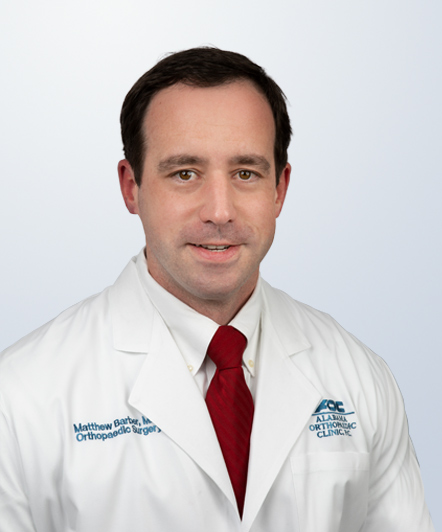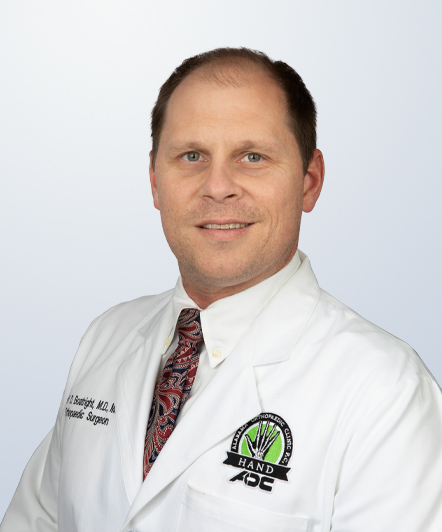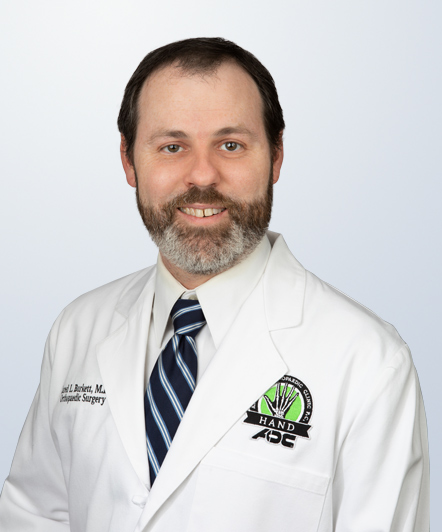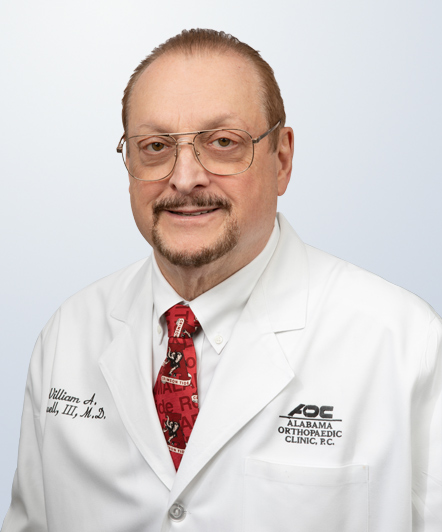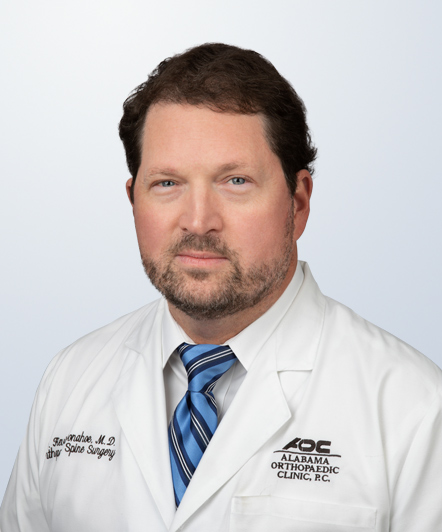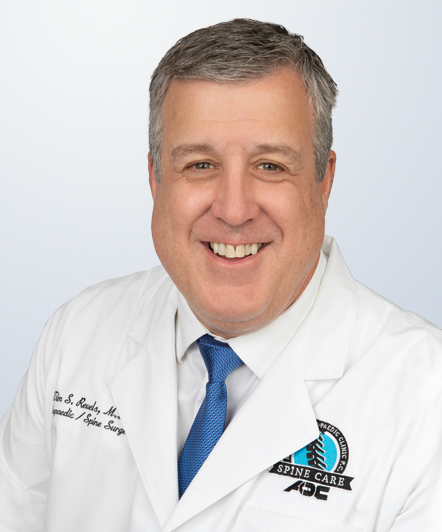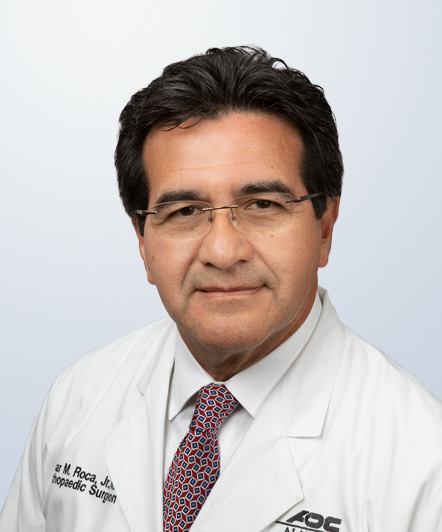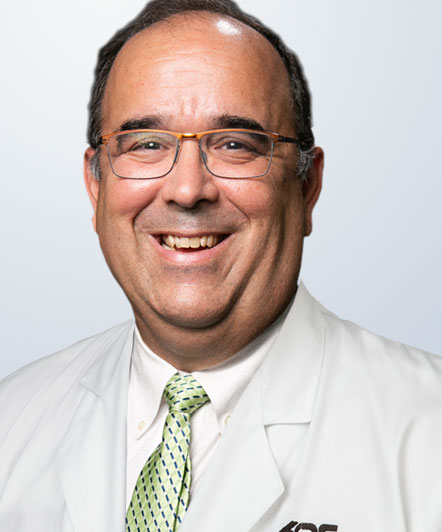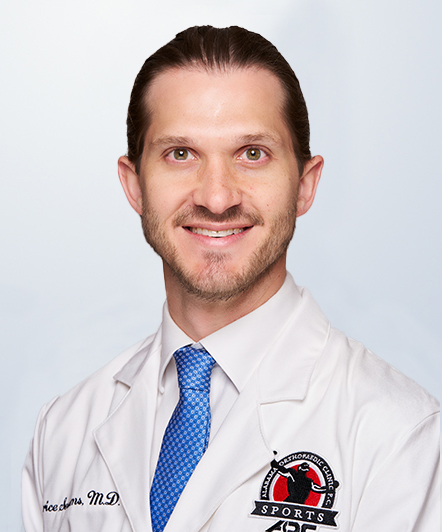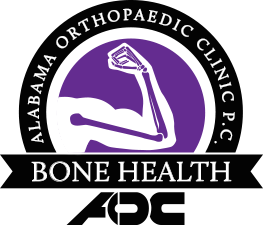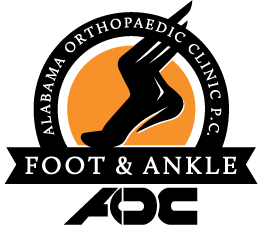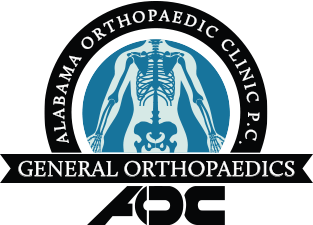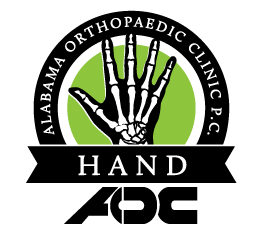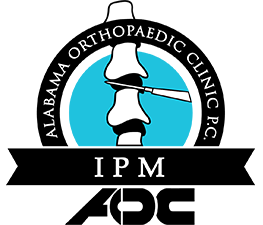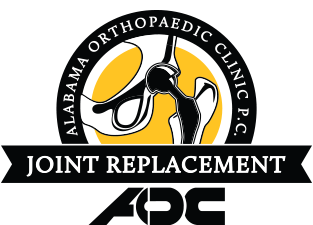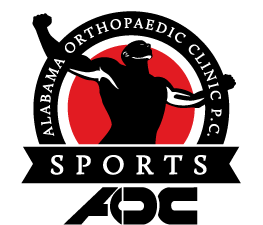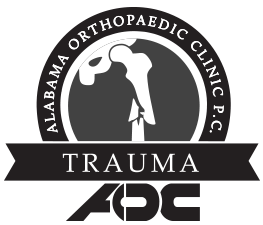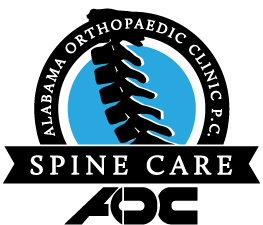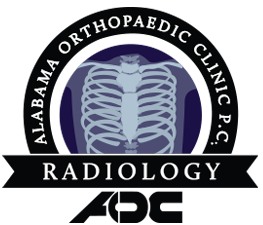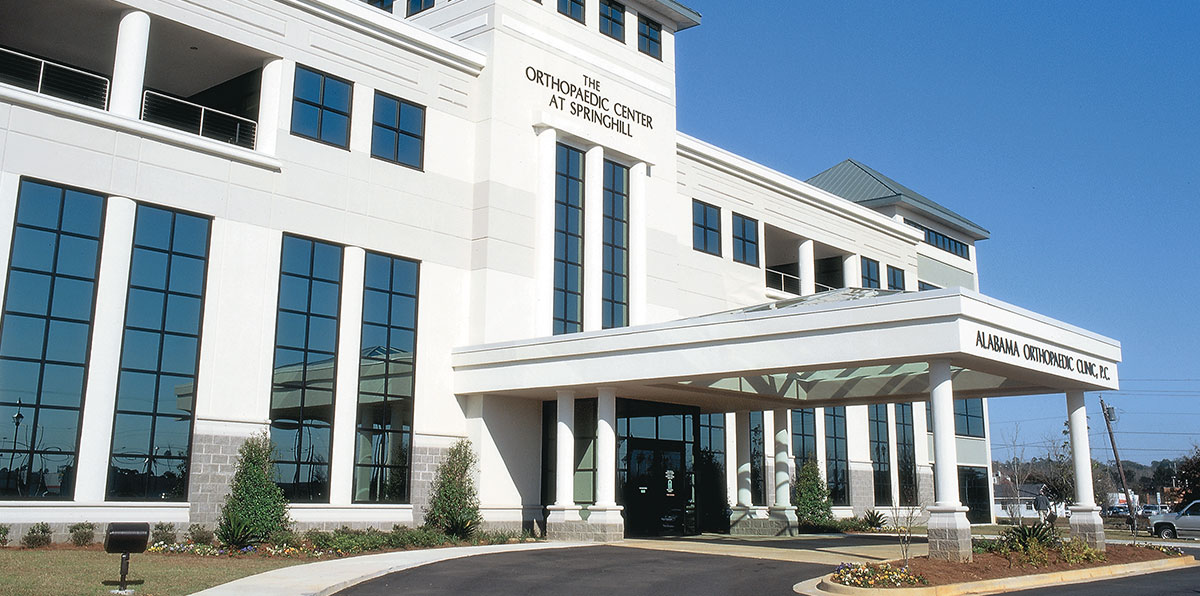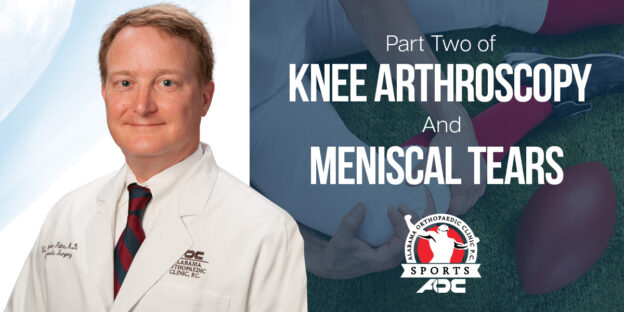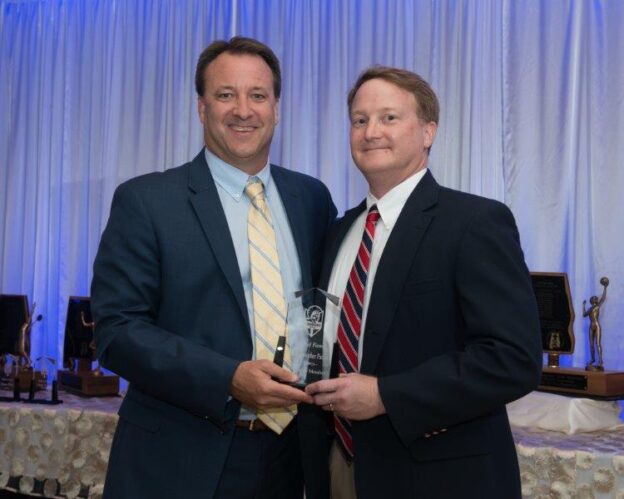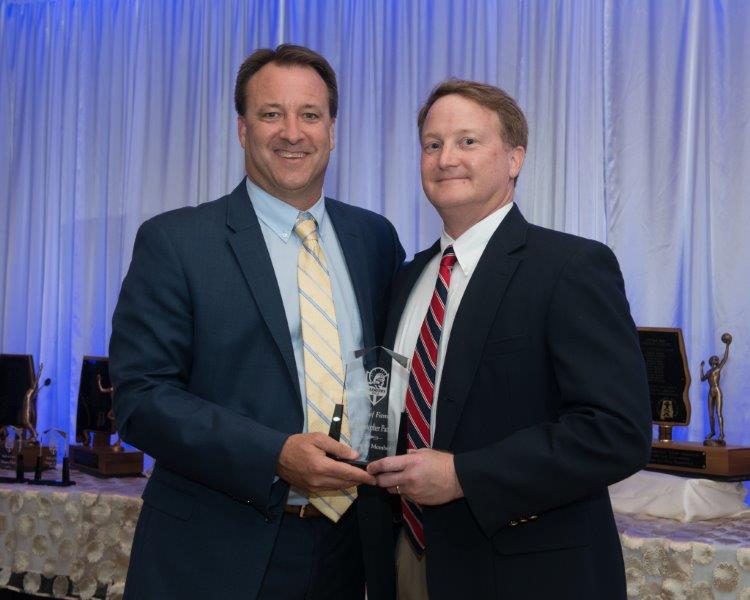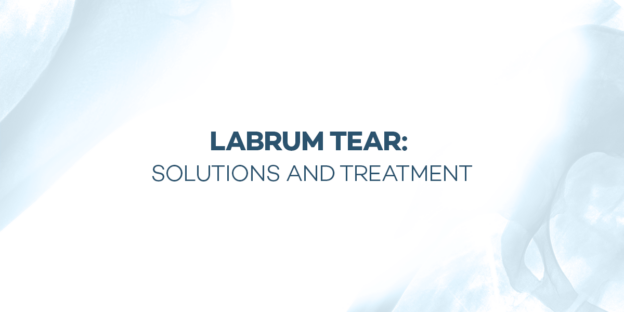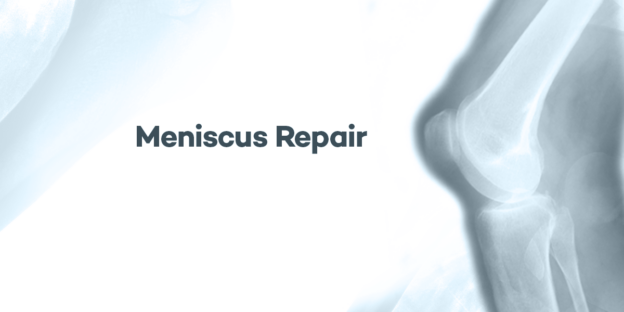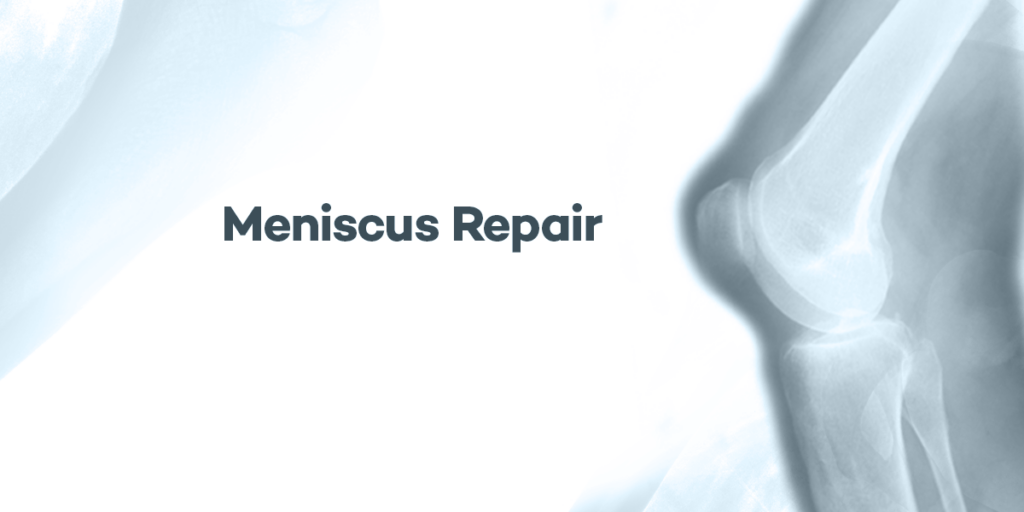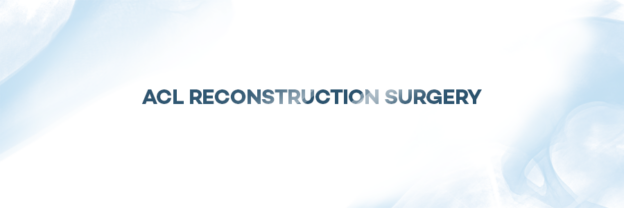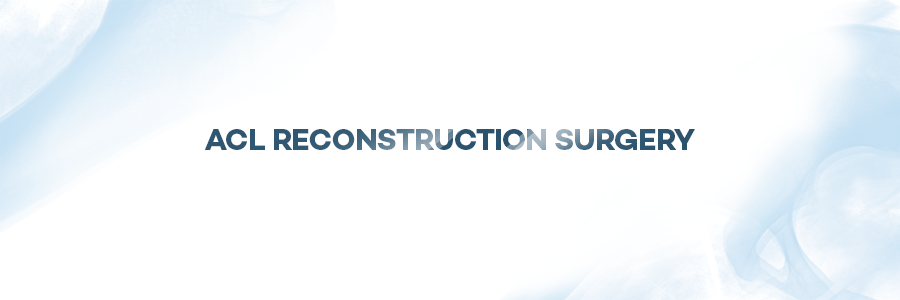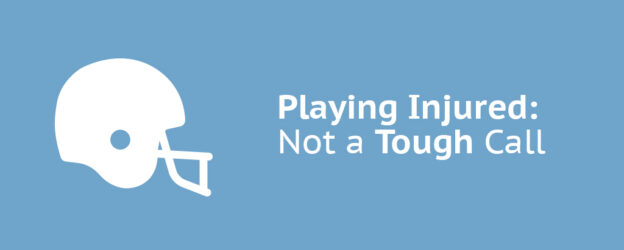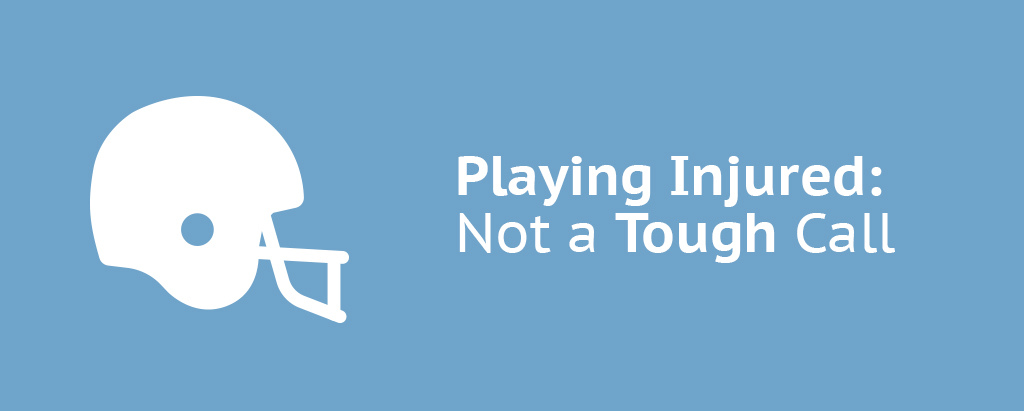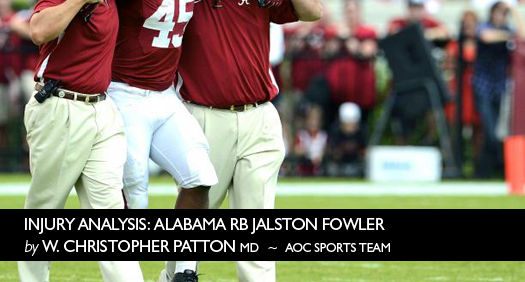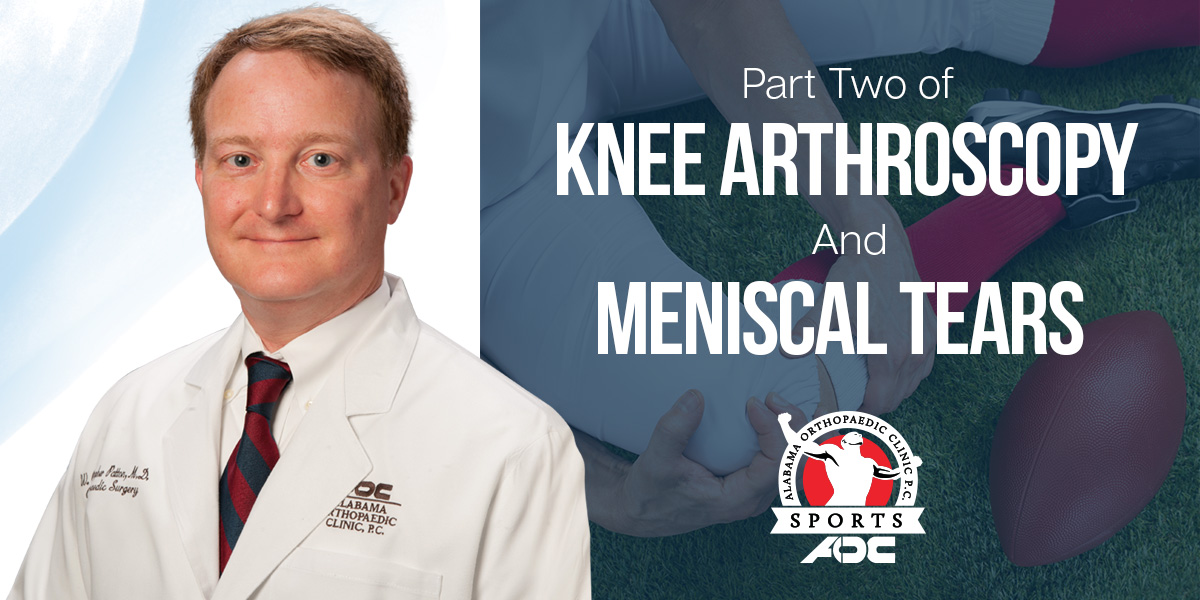
The treatment of meniscal tears has advanced over the years. Forty years ago it would not have been unheard of to excise in an open fashion the entire meniscus. This led to the development of arthritis earlier than was expected. With the development of knee arthroscopy and the small instruments to work inside the knee, debrided (shaving) just the tear became more common. This allowed meniscal tissue to be preserved.
As studies have shown the benefits of preserving meniscal tissue, repairing the meniscus, if possible, has become a goal. Several techniques including “outside-in”, “inside-out”, and “all inside” were developed. The term “all-inside” means the stiches are tied or the device deploys inside the knee without the need for additional incisions. This is also known as “all arthroscopic.” Regardless of the technique, the goal is to repair the meniscus in a stable manner so that early range of motion and healing are possible.
The indications for repair continue to expand with tears greater than one centimeter in the area of good blood supply and in patients less than 40 being common. Additionally, repairs at the time of ACL reconstruction, vertical tears, and acute tears also being good candidates for repair. As the technology improves the candidates for repair are expanding.
When meniscal tissue is severely lost in young patients with good alignment, intact ligaments, and no significant arthritis, meniscal transplant has been developed as an option. Taking a meniscus from a young donor and either suturing it in the knee with or without a piece of bone attached can restore needed meniscus tissue. Long term studies of meniscal transplant are on-going. Hopefully as studies are produced and technology develops, preservation of meniscal tissue will continue to advance in the hope of preserving the articular cartilage and normal biomechanics of the knee.


